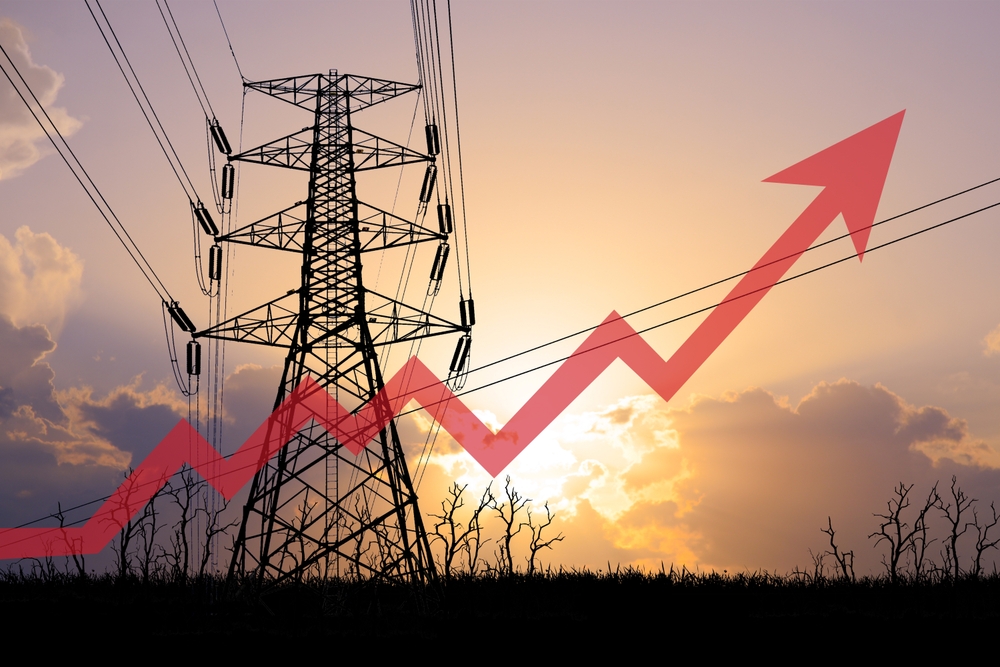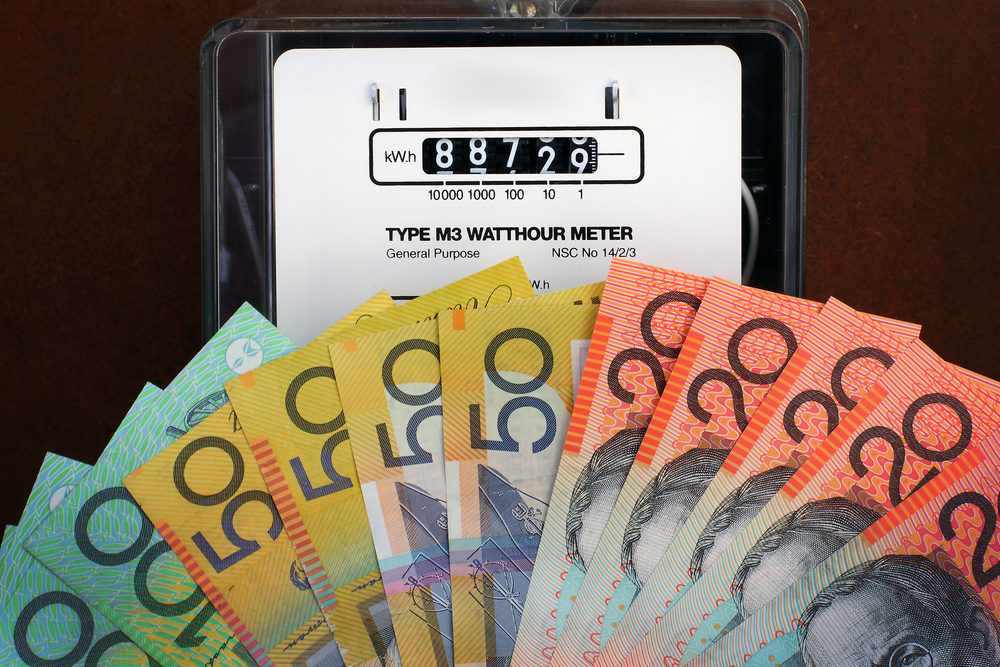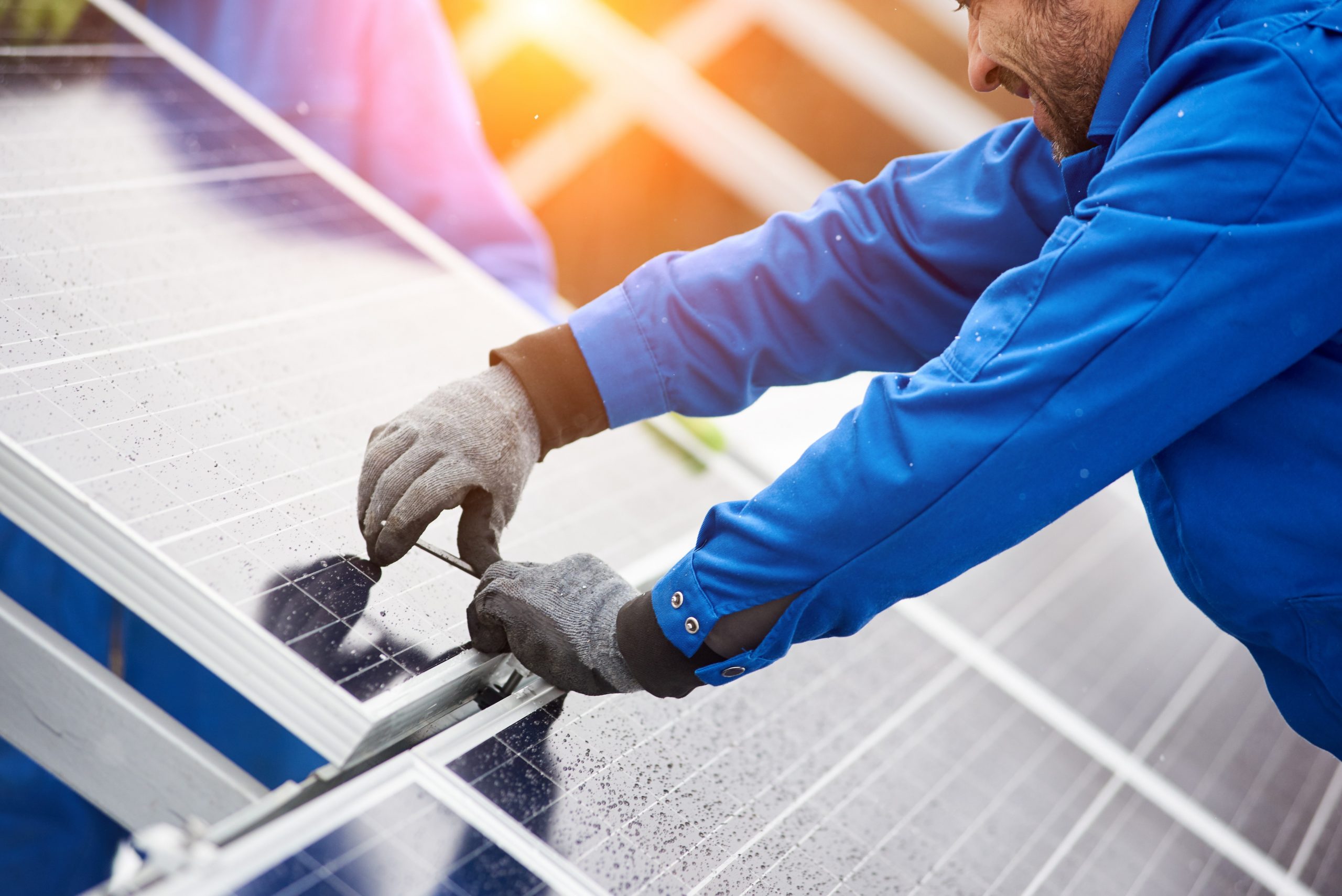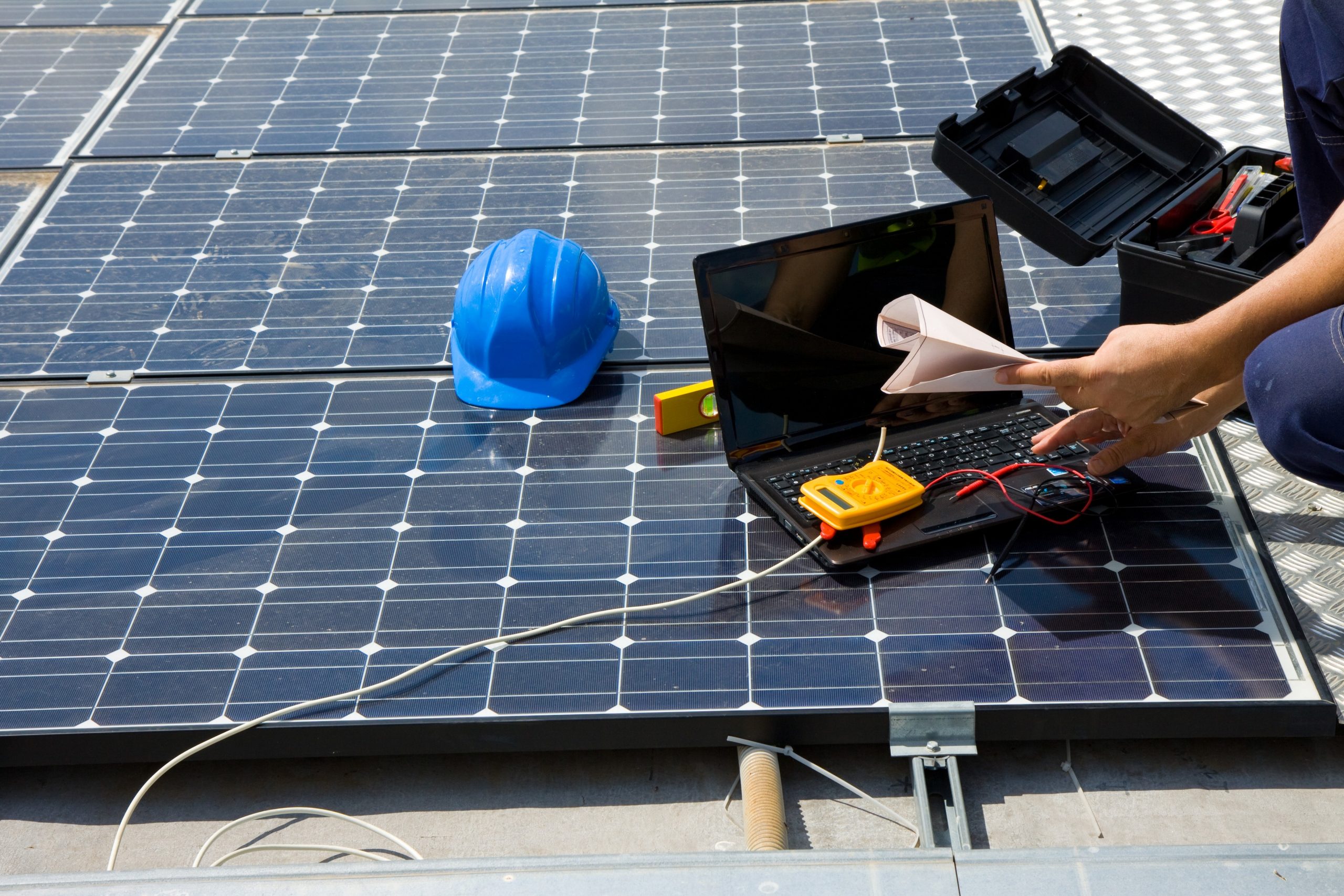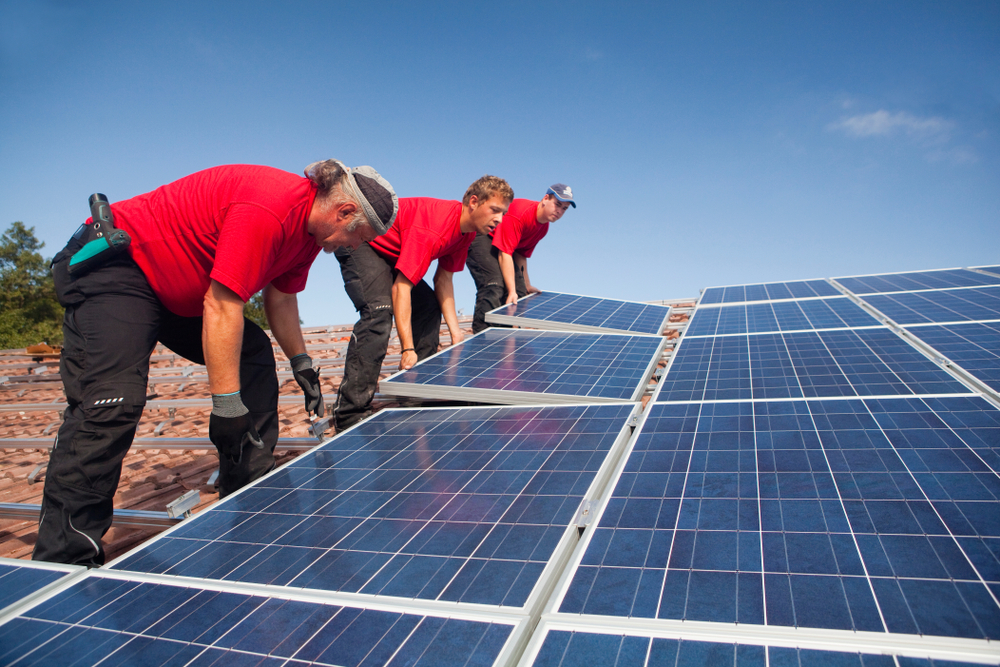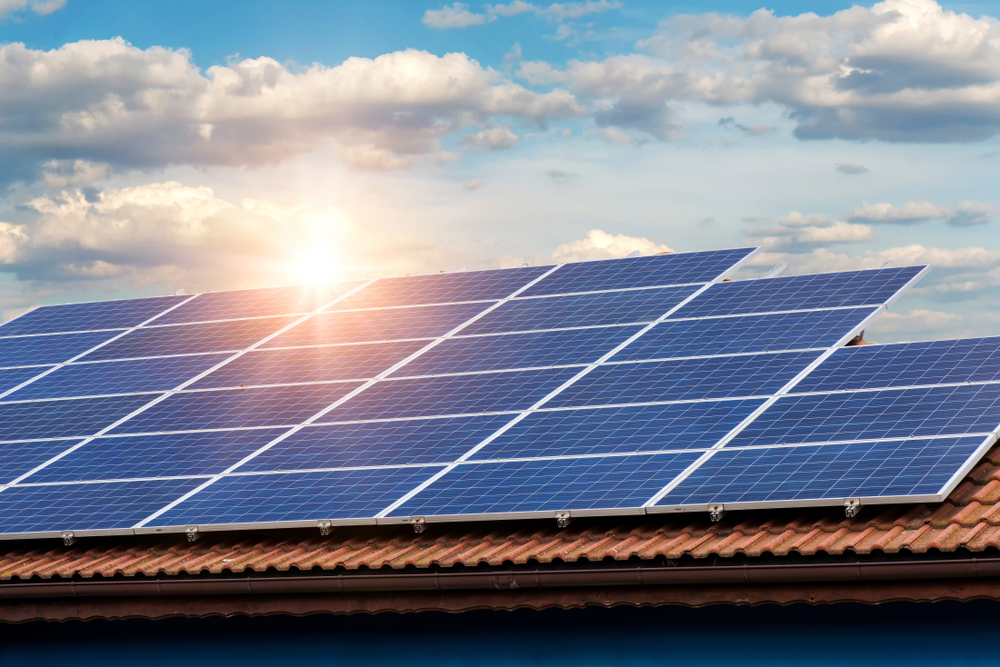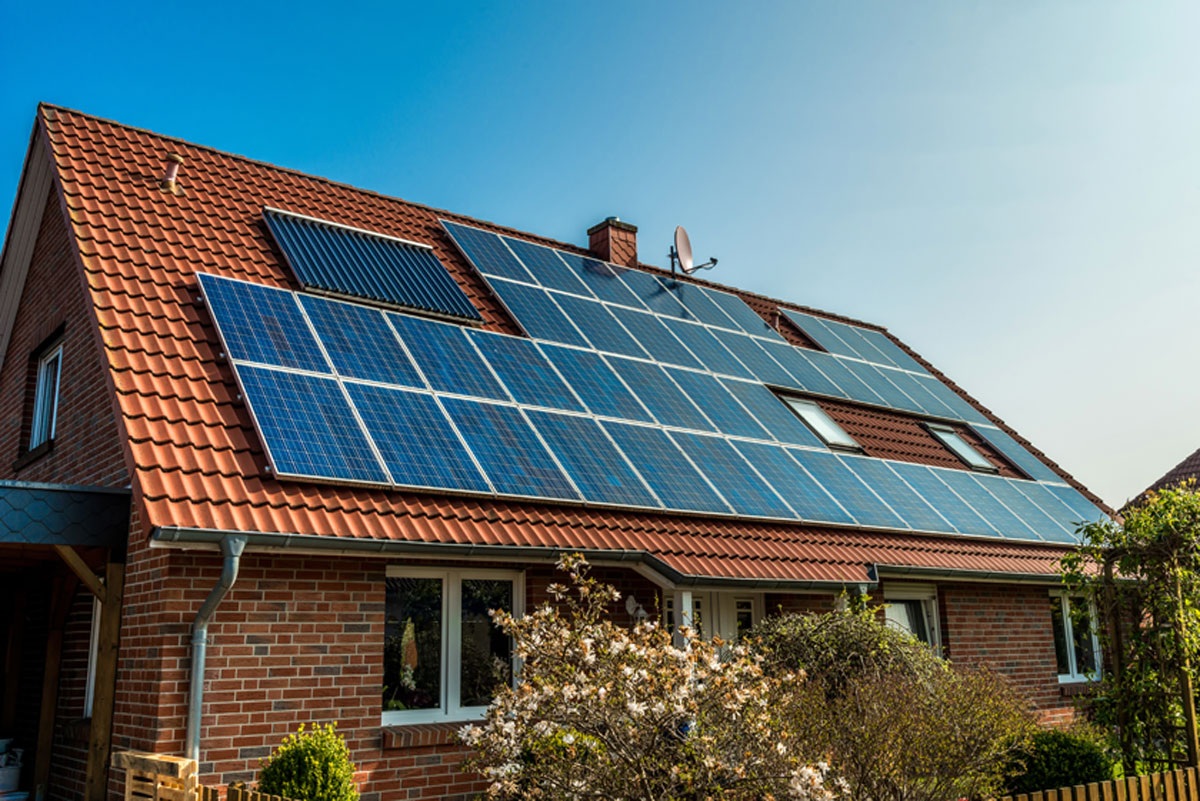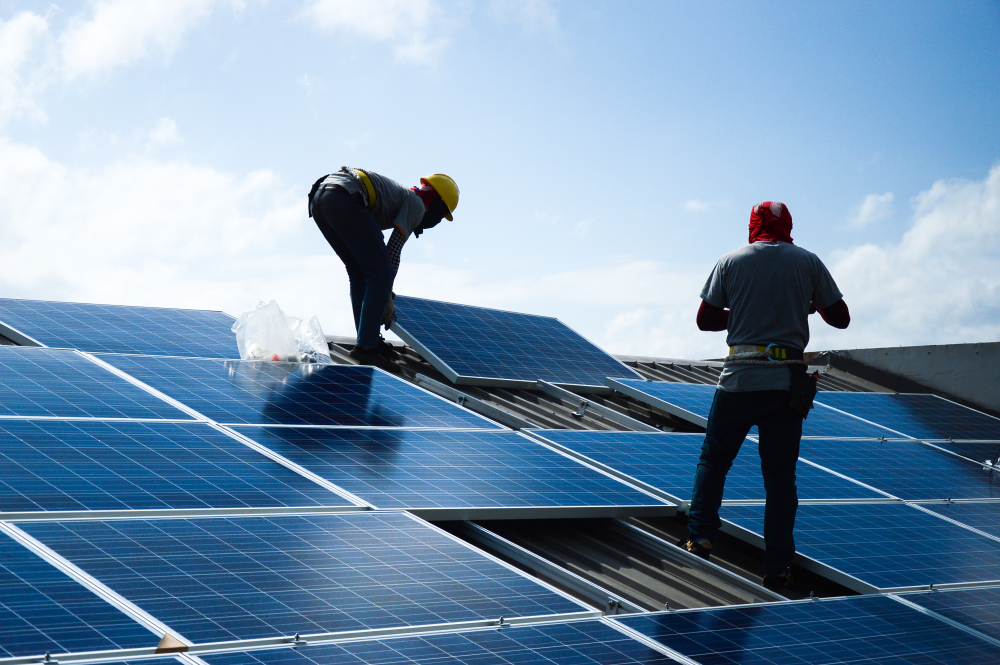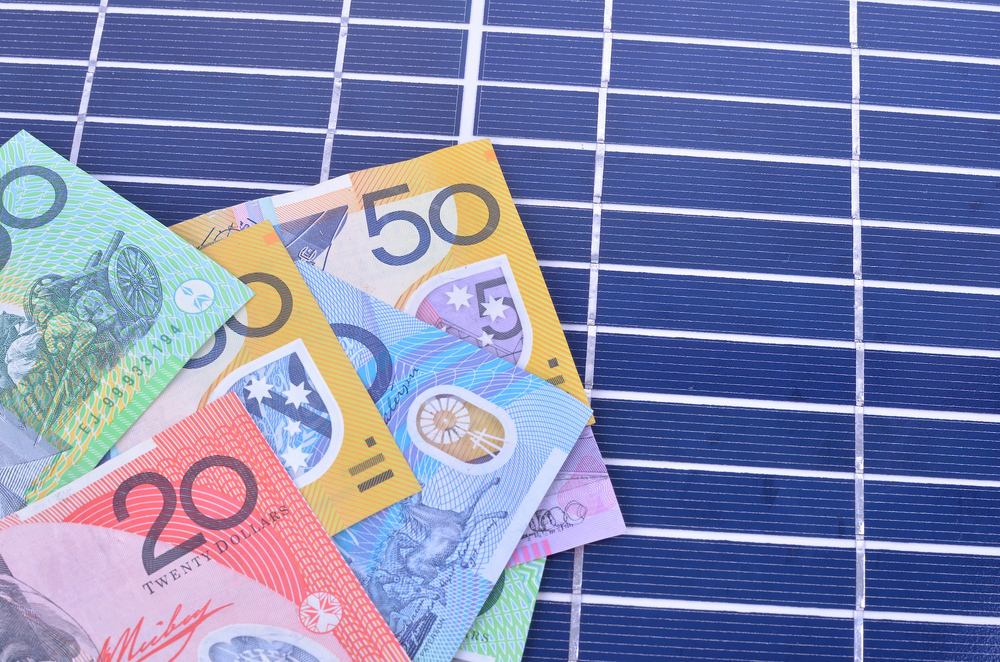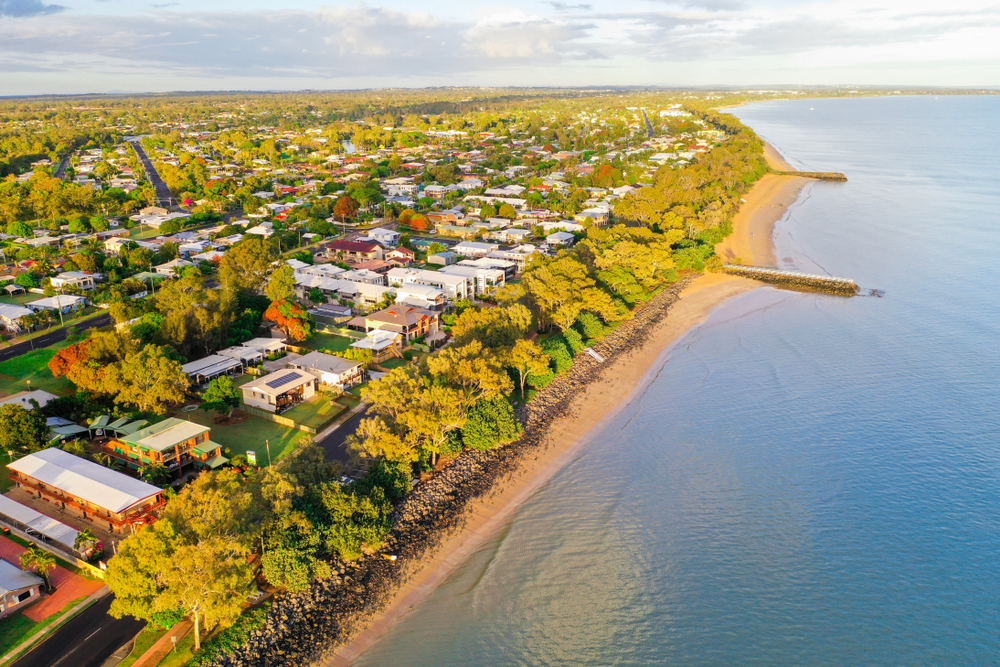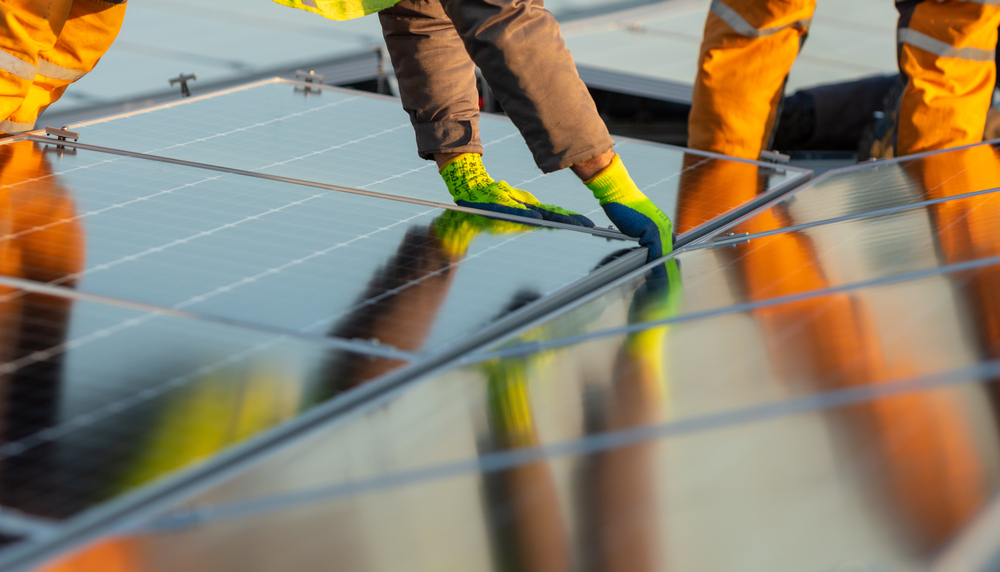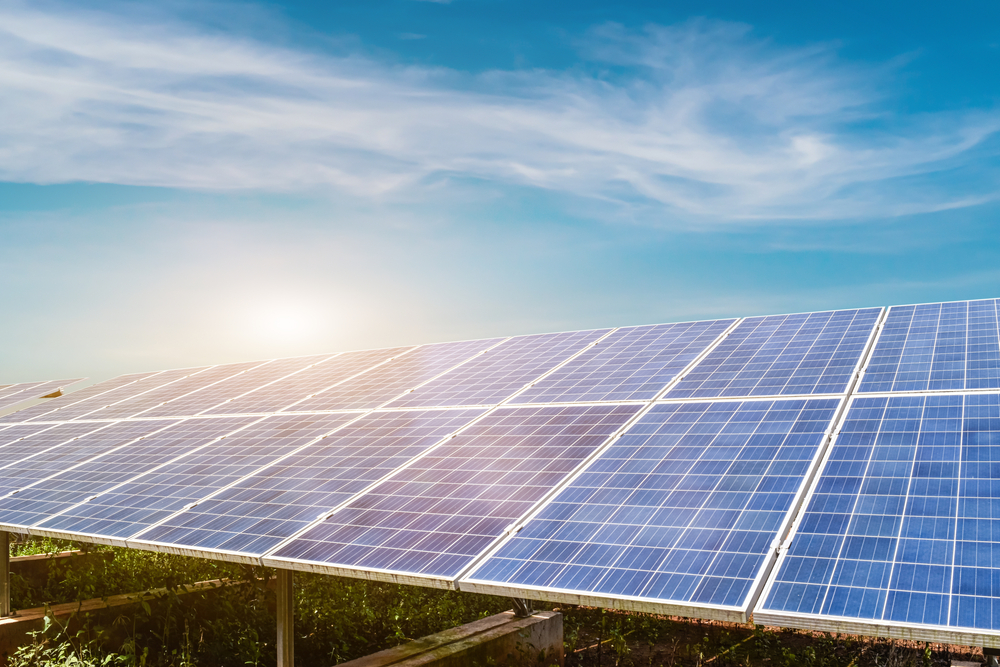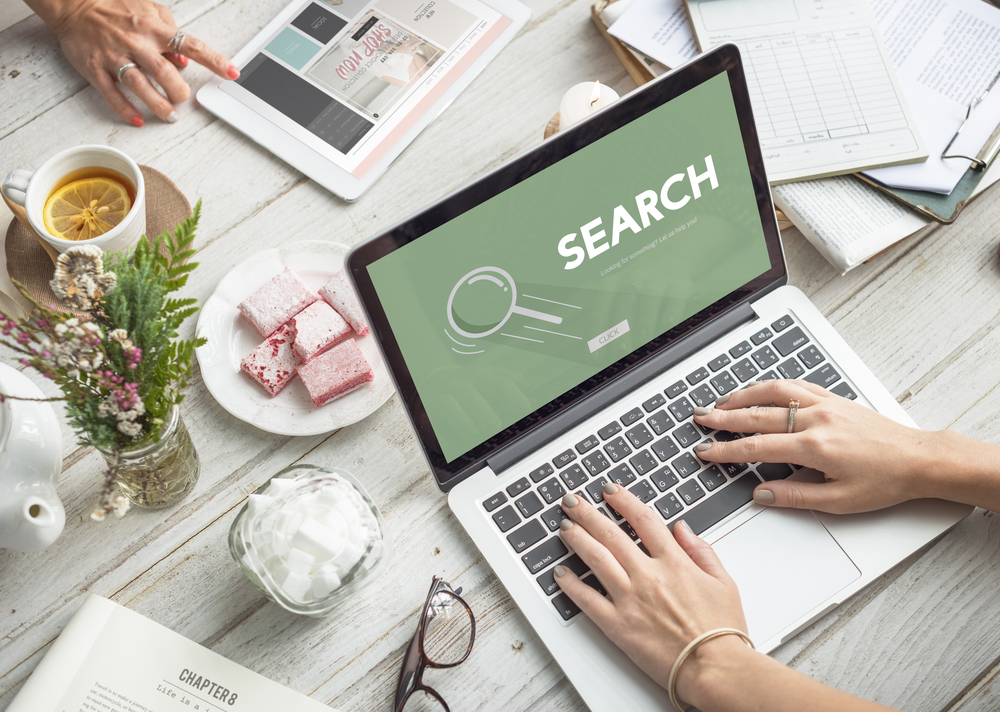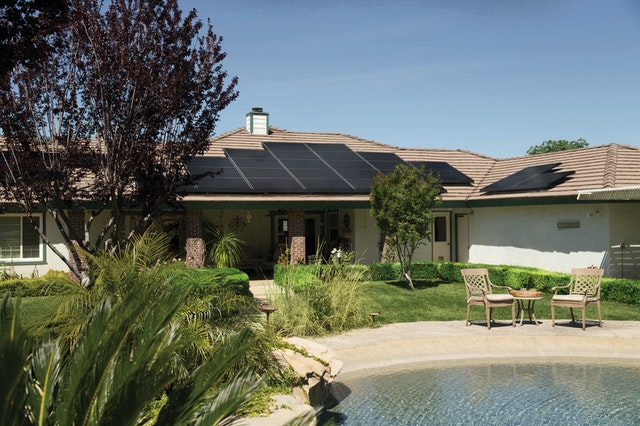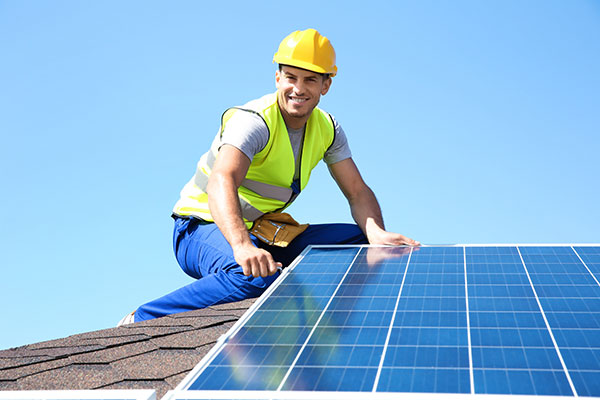4 Key Tips To Save Money During The Current Energy Crisis
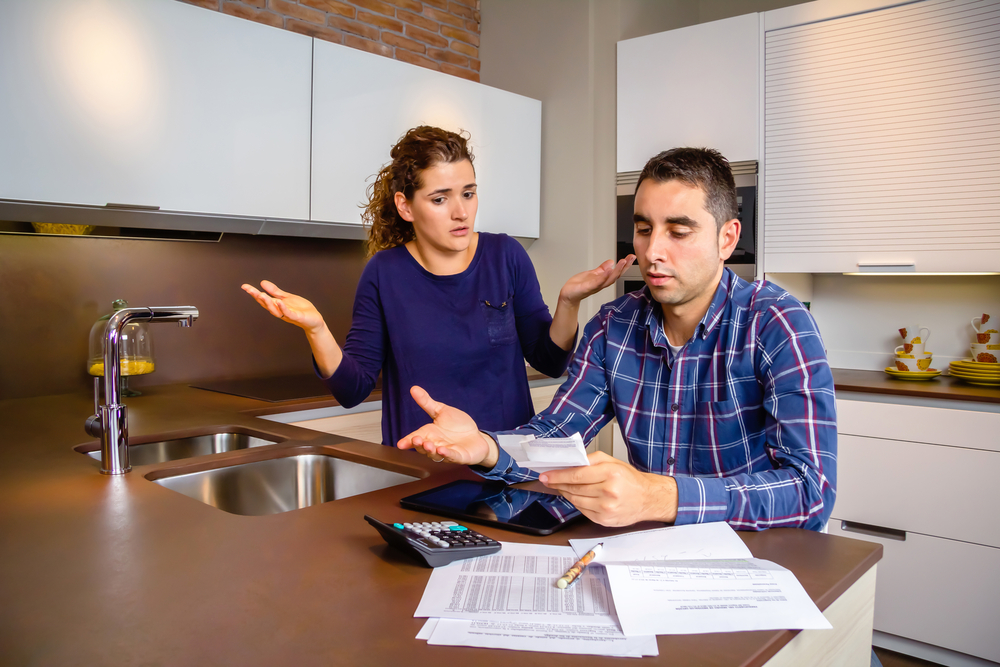
The current energy crisis in Australia has placed significant pressure on Australians to cope with its consequences. Soaring electric bills, and hence costs of living, can be really challenging and stressful to deal with. With all this in mind, what are some cost-effective energy management solutions for you to consider? In this article, we’ll be sharing four helpful tips to help you start saving on your energy bills today!
4 Great Tips on Saving Money Amid the Energy Crisis
Saving money during this energy crisis does not have to be hard. It can be quite simple if you’re willing to take saving seriously. Here are a couple of tips you can consider doing:
1). Turn Down the Heating and Cooling
One way you can conserve energy is by limiting your usage of air and water heating. This is because heating has been hailed as the single “big thing” in energy usage. In a typical Australian home, water heating accounts for 24-32% of end-use energy consumption while HVAC systems may account for up to an alarming 46%.
The figure goes up the more the HVAC system is used, and the more bathrooms a building has, the more expensive it is to heat the water. You can achieve this by letting the sunshine in, using a smart thermostat, changing the furnace filter, using programmable shower heads, and other methods. Once you have tried out this energy-saving hack, you’ll be shocked at how much you’re saving!
2). Go Solar
Energy accounts for a large chunk of your monthly expenses whether through gas or electricity. Unfortunately, this is a necessary evil and you can’t avoid it. Unfortunately, gas and electricity costs are at all-time highs. Even worse, the current inflation squeeze is just a small part of the broader inflation crunch and prices are set to soar. As a result, you can find yourself in an endless loop where your earnings and savings decrease month after month.
One of the most effective ways to save money on energy costs is by going solar. Solar allows you to generate your own clean, renewable and affordable energy to use for all your domestic needs. In fact, it was found that homes in areas with a lot of sunshine can save about $1,500 annually by installing solar panels. You can rescue yourself from debt and enjoy other benefits of solar energy such as contributing to a greener planet, tax credits and incentives, energy security, and increased home value.
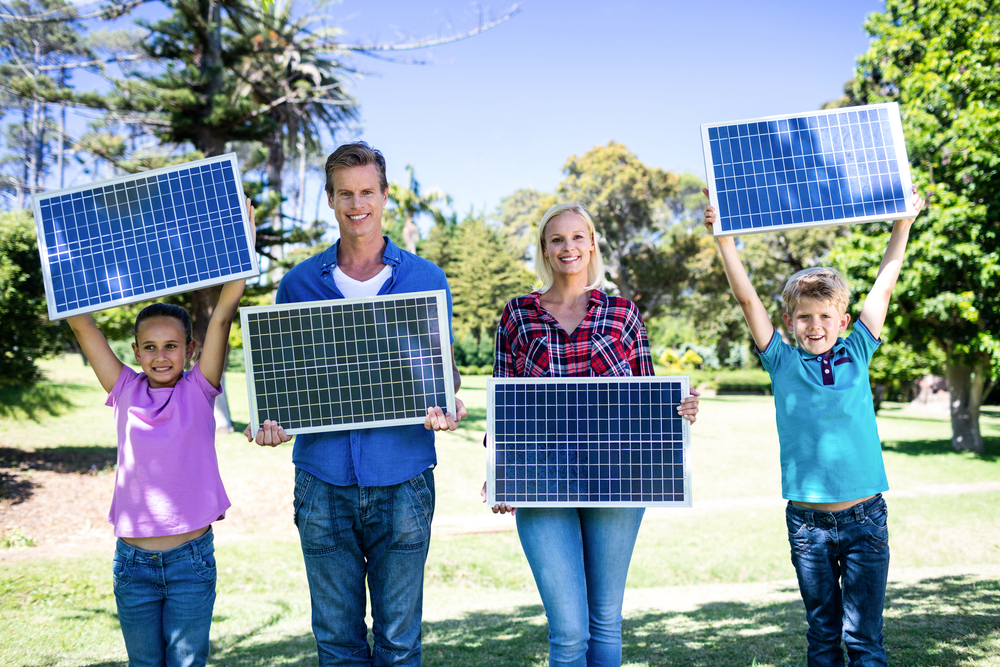
3). Save Cooking Gas
Cooking up a storm? Before cooking, always measure what you’re cooking, use low heat, and cover whatever you’re cooking. If possible, use a pressure cooker to reduce the energy required to cook. Lastly, match the size of the pan to the gas burner/hot plate. This can help cut the gas usage by as much as 50%!
4). Energy-Efficient Lighting and Appliances
Another simple yet effective strategy is to use energy-efficient appliances and lighting. These items employ technologies that are less energy-intensive and reduce the amount of energy it produces. Although these devices generally cost more, you will be shocked at just how much you can save by buying energy-efficient bulbs, dehumidifiers, dishwashers, refrigerators, dryers, washing machines, and more.
Conserve Energy, Save Money
Conserving energy means spending less money on electricity or gas and making your home more eco-friendly. All it takes to do this is a mindset and habit change. Unfortunately, the majority of Australians find it difficult to change their usual energy-wasting habits. Even if they are, sometimes they fail to have the commitment, willpower, and discipline required to break these old habits.
If you’re one of those people struggling to save on energy usage, solar energy is clearly a great option. With solar, you can remain in your comfort zone without worrying about the environment or an astronomically high power bill. Solar energy is abundant, clean, renewable, and affordable.
If you would like to switch to solar power and join the hundreds of Australian homeowners who are enjoying peace of mind amidst the energy crisis, talk to GCR Electrical. We get the job done!
Please contact us today on (07) 4120 7004 or leave an enquiry if you would like more information about our solar installation services.

